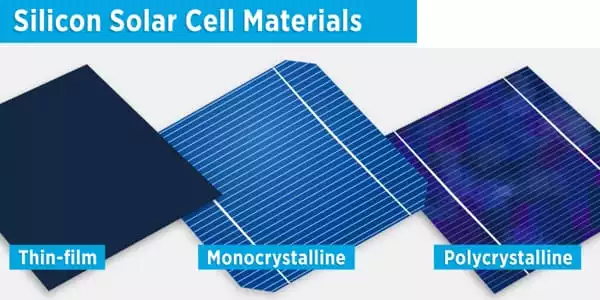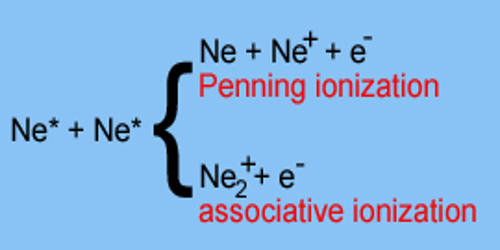Solar energy is one of the most important types of sustainable and renewable energy sources that have been used throughout the world. Photovoltaic (PV) energy is the direct conversion of sunlight to electrical energy through the use of solar cells. To produce solar cells with low cost and high conversion efficiency, a variety of materials and technologies are used. Silicon is the first material used to make solar cells, but it has a high cost and low efficiency.
Thin-film solar cells are the second generation of solar cell fabrication technologies used to generate electrical energy. In fact, Thin-Film solar cells are manufactured with higher efficiency than traditional silicon solar cells. This is due to the fact that Thin-Film solar cells are made up of several layers that help to reduce current losses. When sunlight strikes the solar cells, photons with higher energy are absorbed by higher layers, and photons with lower energy are absorbed by lower layers of Thin-Film solar cells, preventing energy waste.
A new technique is being used by researchers to identify defects in silicon solar cells that cause a drop in efficiency. Lessons learned at the atomic level could lead to improvements in how manufacturers strengthen their products against light-induced degradation.
The techniques developed to study LID can be extended to reveal other types of degrading defects in silicon solar cells and other semiconductor materials used in photovoltaics, such as cadmium telluride and perovskites.
Abigail Meyer
Researchers at the National Renewable Energy Laboratory (NREL) of the United States Department of Energy and the Colorado School of Mines are using a new technique to identify defects in silicon solar cells that cause a drop in efficiency. Lessons learned at the atomic level could lead to improvements in how manufacturers strengthen their products against light-induced degradation.
Light-induced degradation, or LID, reduces the efficiency of silicon solar cells by about 2%, resulting in a significant drop in power output over the technology’s 30- to 40-year lifespan in the field. Solar cells made of silicon account for more than 96 percent of the global market, with boron-doped silicon being the most commonly used semiconductor in the production of these cells. However, because boron-doped silicon is prone to LID, manufacturers have devised methods to stabilize the solar modules.
The researchers claim that predicting the stability of those modules is impossible without an understanding of the defects at the atomic level.

“Some modules have been completely stabilized. Some of them are only partially stabilized “Abigail Meyer, a Ph.D. candidate at Mines and NREL researcher, agreed. She is the lead author of a new paper that details efforts to determine the cause of the LID phenomenon. The paper, “Atomic Structure of Light-Induced Efficiency-Degrading Defect in Boron-Doped Czochralski Silicon Solar Cells,” was published in Energy & Environmental Science.
Vincenzo LaSalvia, William Nemeth, Matthew Page, David Young, and Paul Stradins from NREL; Sumit Agarwal, Michael Venuti, and Serena Eley from Mines; and P. Craig Taylor, a retired Mines professor who consulted on the research, are her co-authors.
According to Stradins, a principal scientist and project leader in silicon photovoltaic research at NREL, the problem of LID has been studied for decades, but the precise microscopic nature of what causes the degradation has not been determined. Through indirect experimentation and theory, researchers have concluded that the problem decreases when less boron is used or when less oxygen is present in the silicon.
The researchers from NREL and Mines used electron paramagnetic resonance (EPR) to identify the defects that caused the LID. The microscopic examination revealed a distinct defect signature as the sample solar cells were degraded by light for the first time. When the scientists used the empirical “regeneration” process to cure the LID that the industry has adopted, the defect signature vanished. Surprisingly, the researchers discovered a second, “broad” EPR signature affected by light exposure, involving far more dopant atoms than LID defects. They proposed that not all atomic changes caused by a light result in the LID.
According to the researchers, the techniques developed to study LID can be extended to reveal other types of degrading defects in silicon solar cells and other semiconductor materials used in photovoltaics, such as cadmium telluride and perovskites. The research was funded by the Department of Energy’s Solar Energy Technologies Office.














